Speaking in a BBC documentary, Pink Floyd's Roger Waters talks about using what he calls a Synthi A to create the pulse that drives "On The Run," from Dark Side Of The Moon. David Gilmour then demonstrates how it was done, on what is actually an EMS Synthi AKS.
The album's credits also mention the EMS VCS-3. We'll get to the model detail later, but first, let's backtrack. By the time Pink Floyd were making this recording in 1972, they were just one of many acts using synths built by EMS, a British company that for a few years gave Moog a run for its money.
EMS was Electronic Music Studios (London) Ltd., formed around 50 years ago by Peter Zinovieff, Tristram Cary, and David Cockerell. Zinovieff in particular considered EMS a sideline, yet the story of EMS (along with that of the BBC Radiophonic Workshop) became the defining narrative in the emergence of British electronic music.
Zinovieff, a geologist, applied a scientist's analytical bent to his interest in electronic music, which began in the late '50s. Initially, he followed contemporary electronic trends and bought tape recorders and military-surplus sound wave generators. But he concluded that tape music was a dead end.
"I couldn't stand the fiddliness of it," he told me when we met in 2011. "I decided very soon that sequencers were the answer—that's ultimately what led me to computers."
This was the early '60s, when computers were room-sized monsters way out of the reach of your average aspiring electronic composer. Zinovieff, though, was independently wealthy, on account of family money. He lived in Putney, southwest London, in a house with a garden that ran down to the River Thames.
Here he built a semi-subterranean studio for his expanding collection of electronic equipment, the heart of which was a Digital Equipment Corporation (DEC) PDP-8 computer. The U.S.-produced PDP-8, introduced in 1965, was the first mass-produced microcomputer. Zinovieff paid about £4,000 for his—more than the average price of a house at the time—and was almost certainly the first person in the UK to privately own a computer. It had 8k of memory and no hard drive. He bought later a 32k hard drive, which cost the same again.
It was to this riverside studio that Paul McCartney came to meet Zinovieff, though the illustrious visitor made little impression. "I was much more interested in Stockhausen coming than Paul McCartney coming," he told me. "I myself steered clear of pop groups."
Stockhausen did come, but so did plenty of "pop" musicians, including Jon Lord, David Bowie, and Robert Fripp. The Putney studio was a magnet for anyone interested in exploring experimental electronic music.
The studio's computer achieved some fame in its own right when it appeared at a 1968 concert of electronic music at the Queen Elizabeth Hall, on London's Southbank. An audience of 1,800 heard music by several leading composers, including Cary. When Zinovieff's PDP-8 was wheeled on to "perform," the critic Hugo Cole remarked in The Guardian that "the effect on the listener is often baffling… we are all innocents when faced with this music, and the most we can hope for is to misunderstand in a fruitful manner."
Zinovieff was a visionary who as far back as 1960 saw that computer sequencing was the way forward for electronic music. He was proved right, eventually. But first came the synthesizer, and Zinovieff had a part in that, too—almost in spite of himself.
By 1968, his Putney studio was greedily swallowing cash. He continued with his own experiments while allowing composers such as Harrison Birtwistle and Stockhausen to use the facilities for free. Even the Zinovieff family's pockets weren't deep enough to endlessly finance the venture, and there was a pressing need for other funding.
Tristram Cary, the founding father of British electronic music, was a regular visitor to the studio. When he formed EMS with Zinovieff and David Cockerell (who was Zinovieff's engineer, and later worked at Electro-Harmonix and Akai) the idea was to knock out some synths to make money to keep the big computer studio operational.
The first EMS product was the Voltage Controlled Studio-3, better known as the VCS-3 or the Putney. It was conceived as an affordable modular synthesizer in miniature and was the first portable synthesizer offered on the open market, beating the Minimoog by a year.
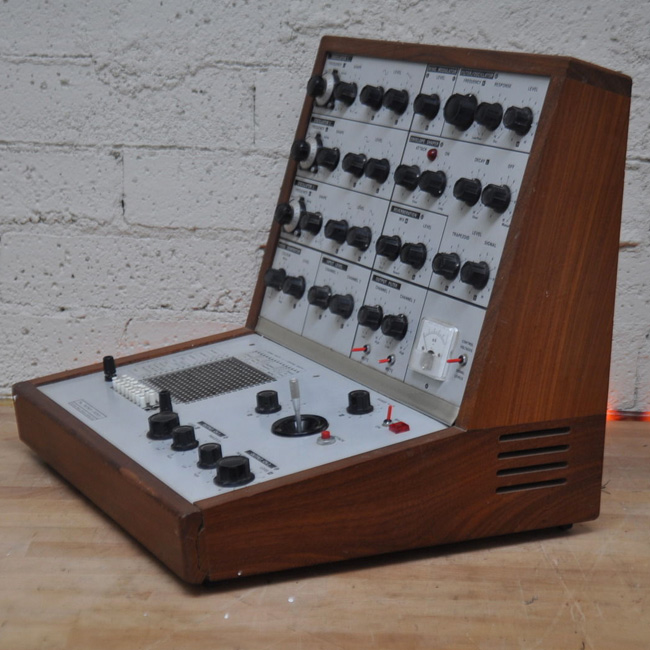
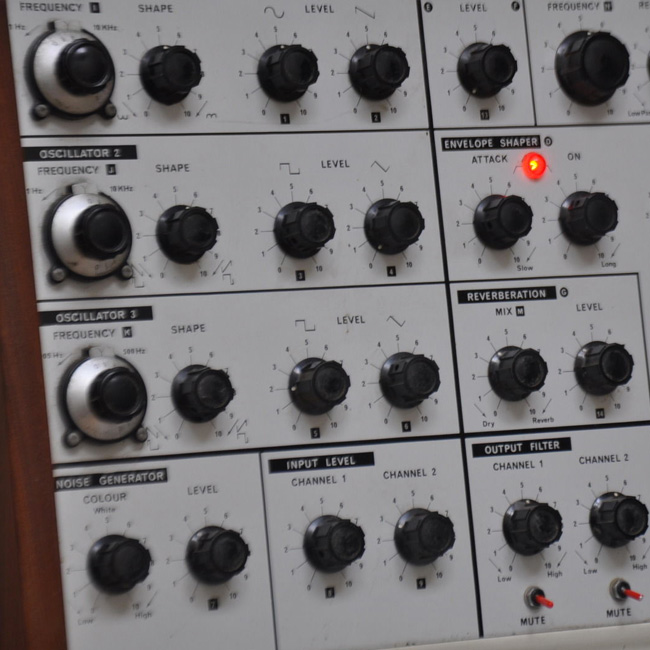
With three oscillators, a filter, an envelope generator, and a ring modulator in a wooden case about the size of a small desk, it looked something like a child's model of a big Moog modular synth. But EMS dispensed with patch leads in favour of a matrix panel where connections were made with coloured pins, like something from a travel chess set.
There was no keyboard, but there was a joystick, adapted from the radio-control mechanism of a model aircraft. It also included an integral amplifier, stereo speakers, and stereo inputs. This last feature appealed to The Who's Pete Townshend, who we'll come to shortly.
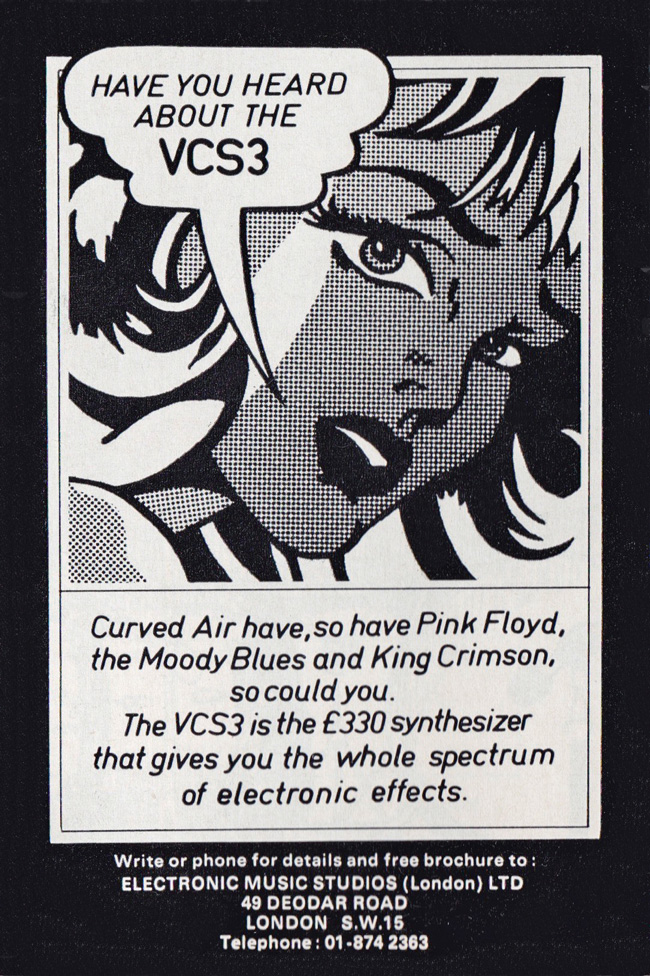
The VCS-3 first went on sale in November 1969 at just under £330. By comparison, at the time a Fender Stratocaster cost about £240. So though hardly a budget instrument, it was within reach of more than the super-wealthy, and it was cheaper than the equivalent small Moog and ARP synthesizers that followed.
Hundreds were sold, with customers including Brian Eno, who proved a dab hand with the VCS-3's joystick on Roxy Music's 1972 debut album. A year earlier, Pete Townshend fed a Lowrey organ into the VCS-3's stereo inputs, creating the heartbeat that drives "Won't Get Fooled Again." Other users, before and after, included Tangerine Dream, Arthur Brown, Jean-Michel Jarre, and John Paul Jones of Led Zeppelin.
The VCS-3 was flawed and limited. Getting the same sound twice was always a challenge. Yet it was, and remains, the product with which the company is associated. For Zinovieff, though, it was little more than a cash cow. As far as he was concerned, the real EMS work was his computer studio in Putney, the cost of which could not be ignored. Which meant that EMS had to expand its range.
Other products included the Synthi A (essentially a VCS-3 in a secret-agent-like attaché case), the aforementioned Synthi AKS (a Synthi A with a keyboard and sequencer in the lid of the case), and the Synthi 100 (a large modular setup to rival the big Moogs).
The company invested heavily in the Hi-Fli, a guitar multi-effects processor, advertised by Gilmour and also used on Dark Side Of The Moon. But demand for the Hi-Fli didn't live up to expectations, and its commercial failure contributed to the demise of EMS in 1979. Zinovieff's studio was briefly relocated to rural Oxfordshire before it was dismantled and stored in the basement of the National Theatre in London—where, eventually, it was destroyed in a flood.
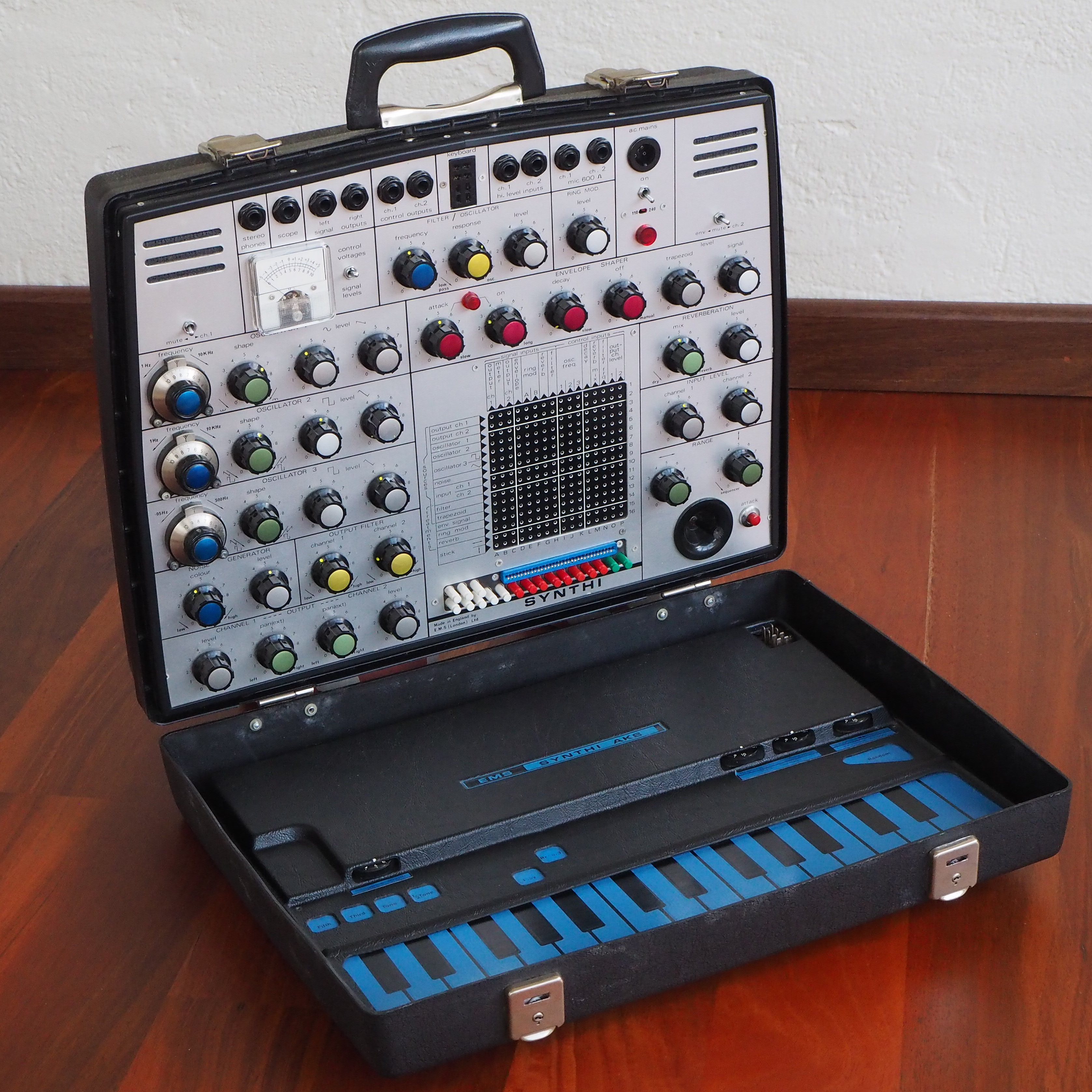
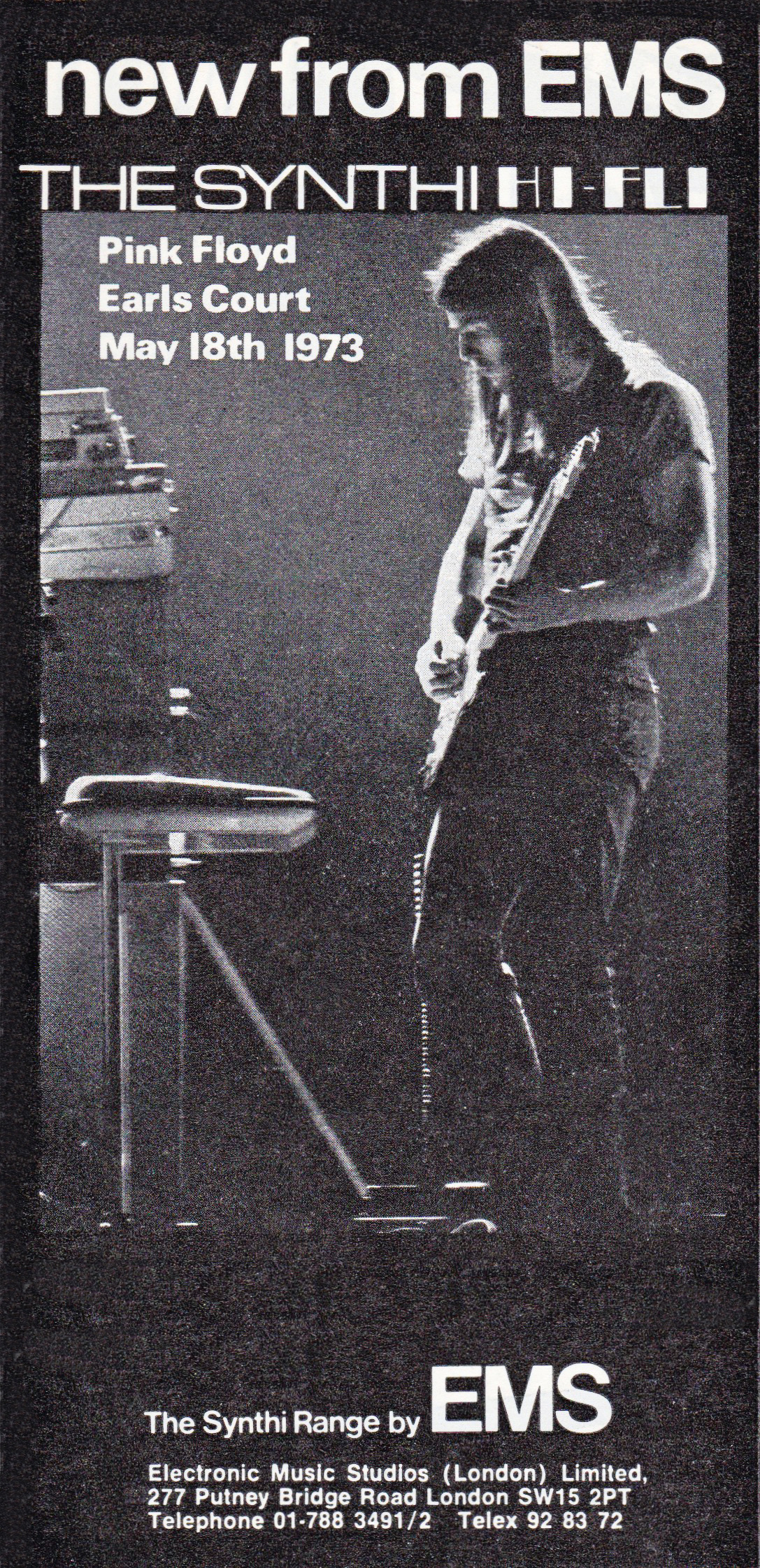
EMS later re-emerged as, literally, a cottage industry in Cornwall. Robin Wood, who'd started with the company as a cleaner in 1970, began handmaking a small number of EMS products there, mainly VCS-3s to original specifications. His customers included Oasis and Radiohead, two among many acts formed way after the original company's demise but who succumbed to the VCS-3's allure.
Others include Aphex Twin, Vince Clarke, and LCD Soundsystem. In 2015, Portishead's Adrian Utley took his VCS-3 to Zinovieff's Cambridge home to be signed by the now octogenarian revolutionary, who was living in retirement and reflecting on all that happened—and what might have been.
About the Author: Mark Brend is an author and a musician. His most recent book, The Sound Of Tomorrow (Bloomsbury 2012), explores early commercial electronic music. He lives in Devon, England.
